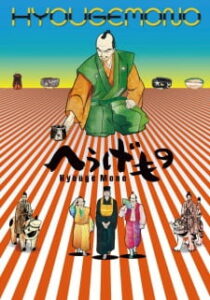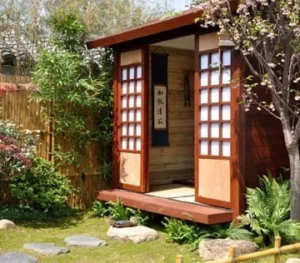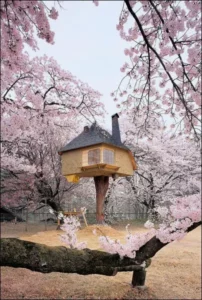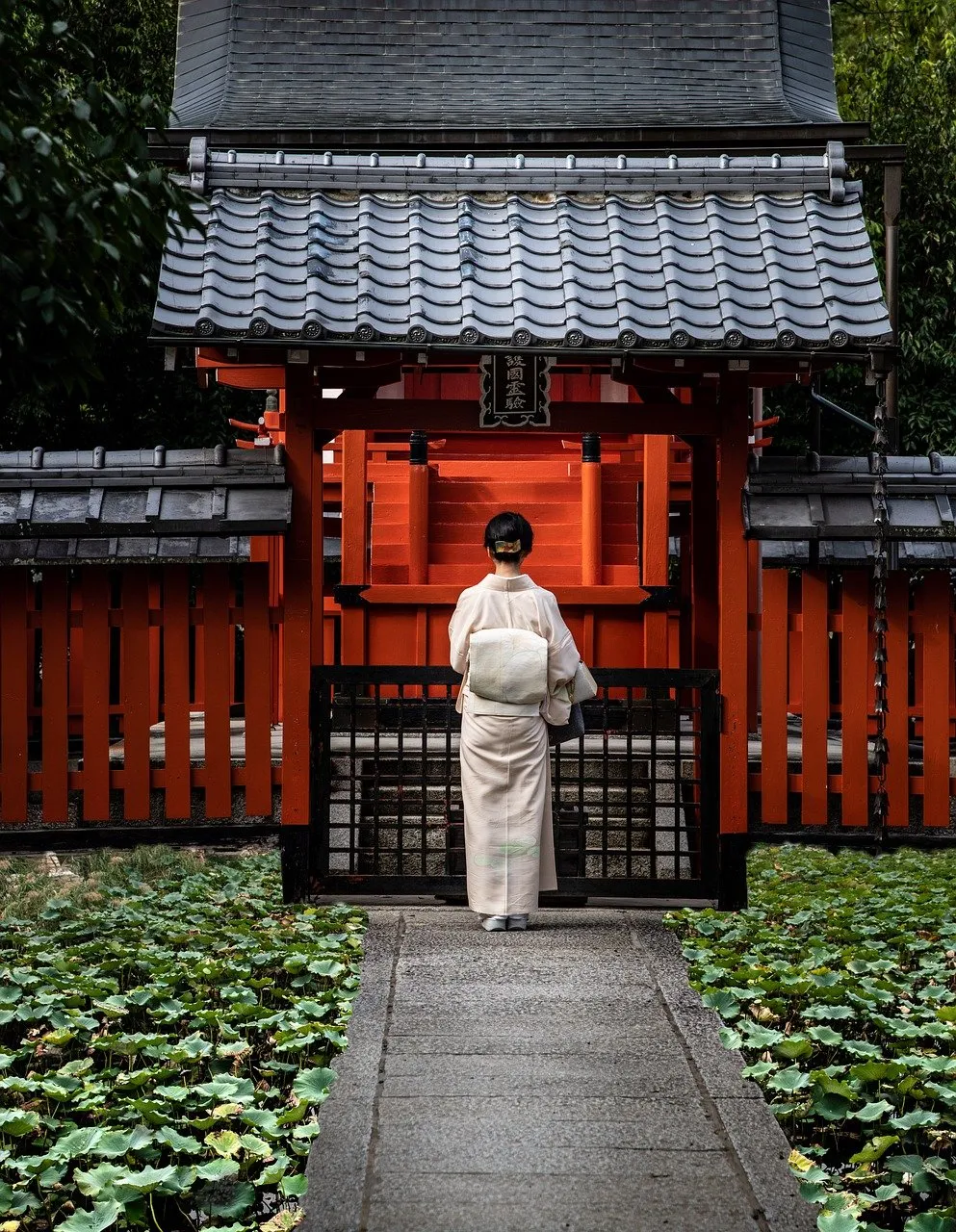Around the eighth century, a new drink arrived in Japan from China: tea. Initially, due to the high cost, its use was limited to the noble classes but, towards the twelfth century, there was a large and sudden diffusion. Drinking tea became a game very similar to a bet and set by rules: you had to guess the names and places of production of the drink. Over time, the game turned into a real ritual art, with rules and aesthetic canons set by Tea Masters who brought this custom to a real ceremonial art.

The Hyouge Mono manga, by Yoshihiro Yamada, is set in the sixteenth century, during the Sengoku Jidai, a period of great political crisis, in which the fiefdoms were constantly at war with each other. The protagonist of the story is Furuta Sasuke, a samurai, vassal of Nobunaga Oda, but he is above all an esthete who appreciates beauty, elegance and life governed by Zen philosophy. He is passionate about bowls and objects for the cha no yu (tea ceremony), so much so that he has his craftsmen make special porcelain, called Oribe-yaki. He is one of the most important students of Sen no Soeki, the master of the art of tea and, given his almost obsessive passion, decides to undertake the “Hyouge Mono”, the so-called tea route.
The principle of the Tea Ceremony can be summarized in four words: WA harmony among the guests, KEI respect for people and objects, SEI purity of the utensils used during the ceremony, JAKU tranquility of spirit.

In front of the traditional tea house there is a garden called roji, the guests cross it along a stone path, admiring the plants and trees, before washing their hands in a stone basin full of water and then entering the chashitsu . One of the main features is the guest entrance or nijiriguchi: the door is so low (it is no more than three feet high) and small that guests cannot pass through it without stooping in deep humility, leaving behind materialism and worldly chaos to enter a physical but above all mental space, dominated by calm, serenity and simplicity. The windows are usually small so as not to distract guests. The hearth is placed on the tatami adjacent to that of the landlord, and to be used during the cold months: in the warm months the hearth is covered with a tatami and a portable brazier is used in its place.
In the niche called tokonoma, there is usually a piece of writing executed by an expert calligrapher and a small floral composition adapted to the occasion, called chabana, literally “flowers for tea”.
 One of the most original tearooms, created by the architect Fujimori, is the Tetsu teahouse which stands about four meters above the ground, is supported by an eighty-year-old Japanese cypress trunk, and is accessible only by stairs pegs. The interior is less than six square meters and is minimalist, but the large windows invite visitors to admire the view. Fujimori’s idea is in fact to have a quiet place where you can admire the colors of the cherry blossoms from above in spring and savor their scent, obviously with a cup of good tea.
One of the most original tearooms, created by the architect Fujimori, is the Tetsu teahouse which stands about four meters above the ground, is supported by an eighty-year-old Japanese cypress trunk, and is accessible only by stairs pegs. The interior is less than six square meters and is minimalist, but the large windows invite visitors to admire the view. Fujimori’s idea is in fact to have a quiet place where you can admire the colors of the cherry blossoms from above in spring and savor their scent, obviously with a cup of good tea.
By Valeria Turino
